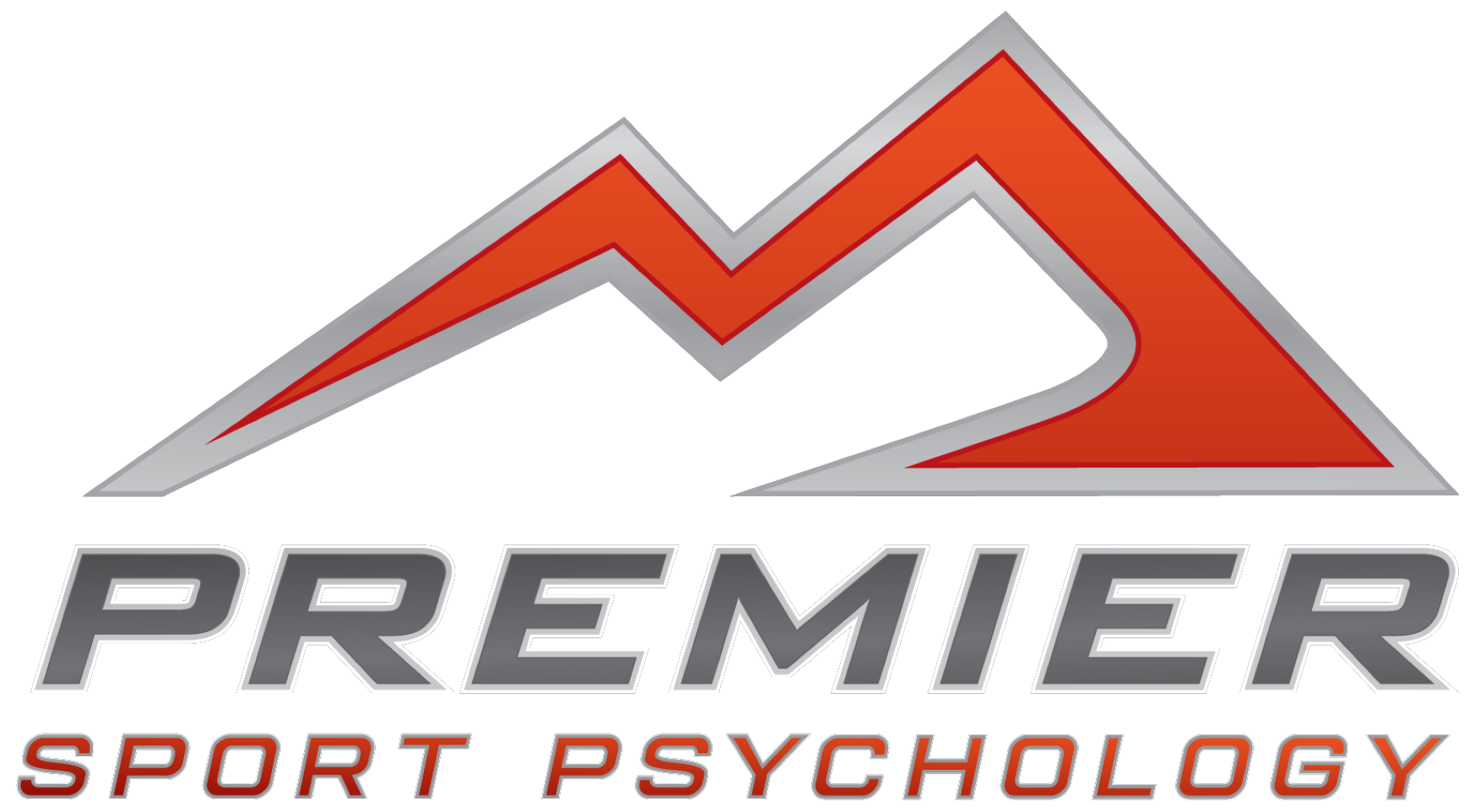Take a minute to think about the various ways you communicate on a day-to-day basis. The first few things that come to mind may be talking, texting, or through some form of social media. Even though most communication is nonverbal, when asked about communication, our instinct is to think about the different types of verbal communication we use. That said, my goal here is not to advocate for the importance of nonverbal communication, but rather to help you think about how both verbal and nonverbal communication and interactions can be optimized in order for teams to function at their best.
Athletes win and lose games because of split-second decisions, and, depending on the sport, their decisions are rooted in the information gained from a teammate, coach, or opponent. Whether it’s a coach yelling to shoot the ball or a teammate waving her arms frantically because she’s open under the basket, communication is one of the most important factors in the success of a team.
Verbal communication is the bedrock of a healthy team. Relationships on the rink, field, and court are built through conversation, a necessary ingredient for team camaraderie and fine-tuning team strategies. Verbal communication amongst a team increases its competitiveness due to enabling more productivity and therefore higher performance (Hanson, 2016).
If we consider verbal communication the bedrock, nonverbal communication is what can take a team to the next level. The nonverbal signs passed from teammate to teammate are frequently a predictor of failure or success amongst the team (Goldberg, 2015). Some of the most common nonverbal signs you see in sports are a flash of an eyebrow, tilting at the torso, or the chin solute. But simply using these to communicate doesn’t result in success. The key is for these signs to be interpreted by teammates the way the athlete intended, and it is that interpretation of the nonverbal communication that can make or break a team (Edwards, 2014).
So how do we increase communication among team members? Step one is to evaluate the goals and values of your team. All players and coaches must be on the same page when understanding the team’s values. This will create a platform for each individual to naturally communicate with one another. Step two is learning how to interpret each other’s communication. As communication is fostered throughout the season you will be able to learn how to interpret each player’s differences in communication (Janssen, 2014). This will grow a close-knit connection between you and your teammates, preparing you for competition.
As you continue to watch or play sports, focus on the verbal and nonverbal communication teams have. Identify ways in which you as a player can improve your personal communication as well as your interpretation of team members’ communication while in competing.
References:
Edwards, Vanessa Van. (2014). Body Language in Sports
Goldberg, Jeff. (2015). Sports & Nonverbal Communication
Hanson, Bo. (2016). Importance of Communication in Sports
Janssen, Jeff. (2014). Improving Communication Among Athletes
